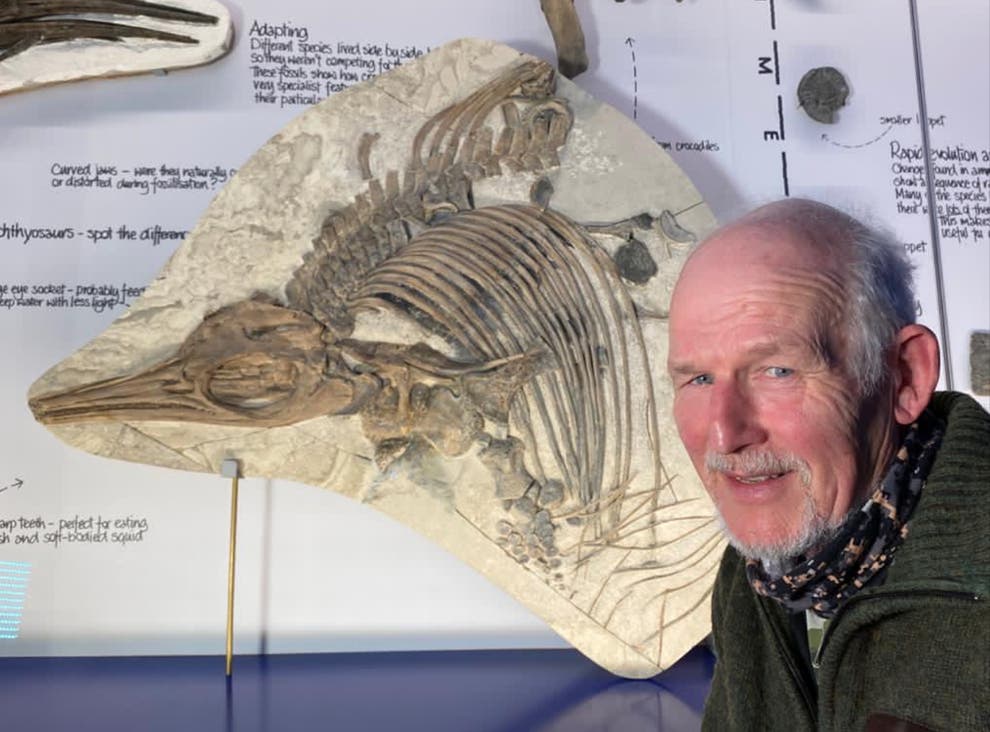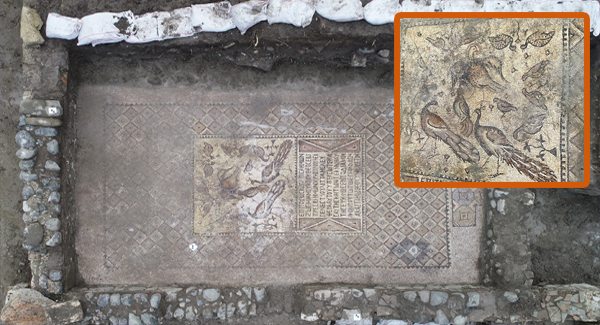The idea that diverse civilizations could coexist on one planet is not new—we live it today. Evidence suggests this may have been true in ancient times as well. Recent discoveries, including deliberate burials in complex, hard-to-access cave systems, challenge the notion of natural formations. As researchers cleared these sites, they uncovered structures far older than conventional timelines suggest, particularly in ancient Egypt. At the heart of the Sahara lies the Giza Plateau, home to the enigmatic pyramids, which have guarded their secrets for millennia. A shocking new discovery, sparked by a routine drone flight, has unveiled a hidden world beneath the sands, prompting unprecedented action from Egypt and raising profound questions about human history.
The Drone Discovery That Shocked Egypt
The Giza Plateau, with the Great Pyramid, Khafre’s Pyramid, and Menkaure’s Pyramid, has long fueled theories about its purpose and construction. Built over 4,500 years ago, these structures were once considered tombs for pharaohs, but their advanced engineering has sparked debates about their true function. Drone technology has revolutionized archaeology, enabling exploration of inaccessible areas with high-resolution imaging. When an international research team flew a drone over the Giza Plateau to map its topography, they stumbled upon something extraordinary: a buried structure near the Great Pyramid.
Initially mistaken for a natural formation, the structure’s perfectly symmetrical outline defied geological norms. Using infrared and LIDAR technology, the team created a 3D model, revealing an immense underground complex. News of the discovery prompted Egypt’s Ministry of Antiquities to intervene, declaring the area a restricted zone, halting access, and removing local vendors. The government cited preservation and protection from looters, but rumors of secrecy fueled speculation. Leaked reports suggest the complex is not a mere chamber but an entire buried city, with massive halls, intricately carved pillars, and technological artifacts far beyond ancient Egypt’s known capabilities.
Inscriptions in an unknown language, unlike any ancient script, were found on exposed walls. Despite efforts by global linguists and cryptologists, the symbols remain undeciphered, leading some to speculate an extraterrestrial origin. The discovery’s implications are staggering: a buried city could indicate a lost civilization predating the Egyptians or even evidence of advanced, non-human knowledge. Egypt’s tight control, including bans on drone flights and restricted access, has sparked international suspicion. Why the secrecy? Why have key researchers vanished from public view? Theories range from the city being Atlantis, a portal to another dimension, or a remnant of the Anunnaki from Sumerian texts.
A renowned archaeologist, speaking anonymously, noted the city’s astronomical precision, with structures aligned to constellations, suggesting it could have been an observatory or celestial worship site. Theories about its purpose vary: a refuge from catastrophe, a trade hub, or a non-human creation. The Egyptian government urges patience, promising to share findings after thorough study, but critics argue this secrecy is unprecedented for a site as studied as Giza. Debates over who should access such a discovery intensify, with some asserting Egypt’s right to protect its heritage and others demanding global access to humanity’s shared history.
A Global Phenomenon: Theories and Speculation
The buried city has captivated the world, drawing scientists, historians, and conspiracy theorists into heated debates. The structures’ precision surpasses modern capabilities, leading to two main theories: a lost human civilization with advanced technology erased by time or catastrophe, or construction guided by extraterrestrial beings. Leaked reports describe unknown alloys with electromagnetic properties, fueling extraterrestrial speculation. The undeciphered symbols resemble cosmic patterns, like pulsar signals, prompting theories of communication with advanced civilizations.
Skeptics, like Dr. Marcus Evers, caution against sensationalism, arguing that the Egyptians’ own engineering feats, like the Great Pyramid, suggest human ingenuity. However, whistleblowers claim the city contains artifacts defying explanation, such as a shimmering spherical object emitting a hum and a crystalline map possibly depicting trade networks, star charts, or another planet. These claims have sparked outrage over Egypt’s secrecy, with demands for transparency and UNESCO mediation, though Egypt remains unresponsive.
Public imagination has exploded, with documentaries, books, and social media theories—some claiming time travel or dimensional gateways. The discovery has revived interest in ancient texts, like the Book of Enoch or Sumerian myths, which describe advanced beings guiding humanity. Parallels with mythical cities like Atlantis or Hindu underground realms suggest a shared memory of a lost era. The Emerald Tablets, attributed to Hermes Trismegistus, are also cited, with some linking their cosmic knowledge to the city’s inscriptions.
A Labyrinth of Secrets
Further exploration revealed a vast network of tunnels and chambers extending miles beyond the initial site, dwarfing known systems like Paris’s catacombs. The tunnels’ smooth, laser-like precision baffles experts, with Dr. Amelia Thorne calling them an architectural enigma. Features like false walls and acoustic illusions suggest a design to deter intruders, possibly a sanctuary or fortress. Alternatively, the tunnels may have spiritual significance, representing a journey through the underworld, aligning with Egyptian beliefs in the afterlife.
Artifacts, including tools and celestial carvings predating Egypt by thousands of years, challenge historical timelines. Carvings depicting ancient solar eclipses and star alignments suggest advanced astronomical knowledge, potentially forcing a reevaluation of human history. Skeptics warn against hasty conclusions, but the discovery lends credence to theories of older, complex civilizations. Reports of electromagnetic anomalies, with malfunctioning instruments, hint at active energy fields or unknown technologies. Quantum physicist Dr. Elena Vasquez suggests the city’s materials may have quantum properties, opening new research avenues.
Global Impact and Ongoing Mystery
Egypt’s secrecy has sparked protests and petitions for UNESCO designation, with accusations of political or financial motives. Conspiracy theories abound, from time capsules warning of cataclysms to a global grid linking sites like Stonehenge. The discovery has inspired art, literature, and academic collaboration, with NASA reportedly interested in the site’s materials. It symbolizes humanity’s quest for knowledge, challenging our understanding of the past and igniting curiosity.
Why was the city buried? Geological evidence of floods and sandstorms suggests natural burial, but intentional concealment to protect powerful knowledge is also plausible. Whether a testament to human ingenuity, a lost civilization, or extraterrestrial influence, the buried city reshapes our view of history. As the investigation continues, it reminds us that the past is an unfolding story, with countless mysteries waiting beneath the surface. The journey to uncover the truth has just begun, driven by the same curiosity that has propelled humanity for millennia.






















